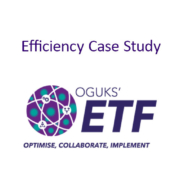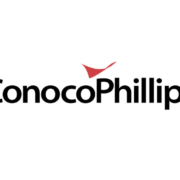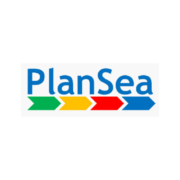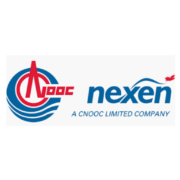Performance Improvement People- Cost efficiency through behavioural readiness
Submitted by Performance Improvement People
Impact
Outcome: On commencement of project execution there was an immediately high productivity ratio, and better-than-planned productive day. These efficiencies have allowed for increased scope liquidation and therefore increased value for the same spend.
Learning: We believe this was the first time this approach has been tried within an oil & gas execution environment, and as such some approaches brought greater success than others.
The best value activities appeared to be:
- Team profiling resulted in objective identification of weak points and the early opportunity to manage them.
- Scenario-based workshops flushed out areas of misalignment and misunderstanding; meaning gaps could be plugged prior to entering the high cost execution environment.
- Small, diverse, group workshops allowed a free flow of discussion between representatives of different groups. This was an unplanned side effect of the original strategy and the relationships made during these sessions have underpinned a great deal of problem solving in execution.
- Meeting audits gave objective feedback as to how data and decision making flowed through the project. This gave a very clear identification of bottlenecks.
Description of Best Practice
Challenge: An operator was running a life extension project for a major North Sea asset. The project team consisted of representatives of a number of different organisations, including Operator, Tier 1 Contractor and the extended supply chain.
Performance Improvement People were asked to address the challenge of bringing together these different organisations into a single, cohesive team to ensure high efficiency and productivity in the execution environment.
Action: Performance Improvement People used various behavioural analysis techniques to measure and understand the behavioural norms present in the combined team. These norms could then be used as a basis for identifying hot spots and weak points, which in turn provided a practical understanding of inefficiencies in execution.
Many of the tools used are widely available, and primarily used within the context of recruitment, assessment and personal development. We chose to apply them within the context of project delivery, using the data to develop the project execution model rather than for individual development.
The diagnostic tools included work-related activities such as psychometric analysis, creating and delivering practice scenario discussions, carrying out meeting audits, work-process analysis, team workshops sessions and site-based fabrication maintenance ‘mock-up’ exercises.
The overall impact was to allow the leadership team to truly understand the norms in their business and how they may impact on future work, especially joint project delivery, as well as giving key team members the opportunity to understand the impact of their own behaviours on others around them. In turn this lead to greater efficiency through improved communication, reduction in duplication of work, clearer processes, more effective meetings and reduced overall meeting footprint.
Contact: Morna Ronnie (morna.ronnie@pi-people.co.uk)






